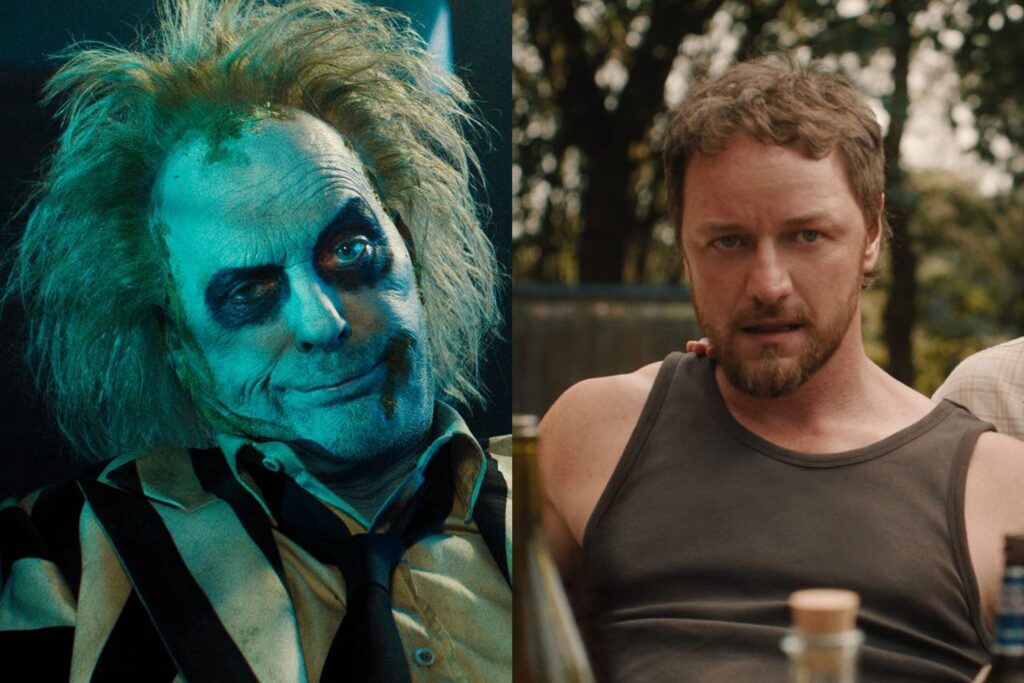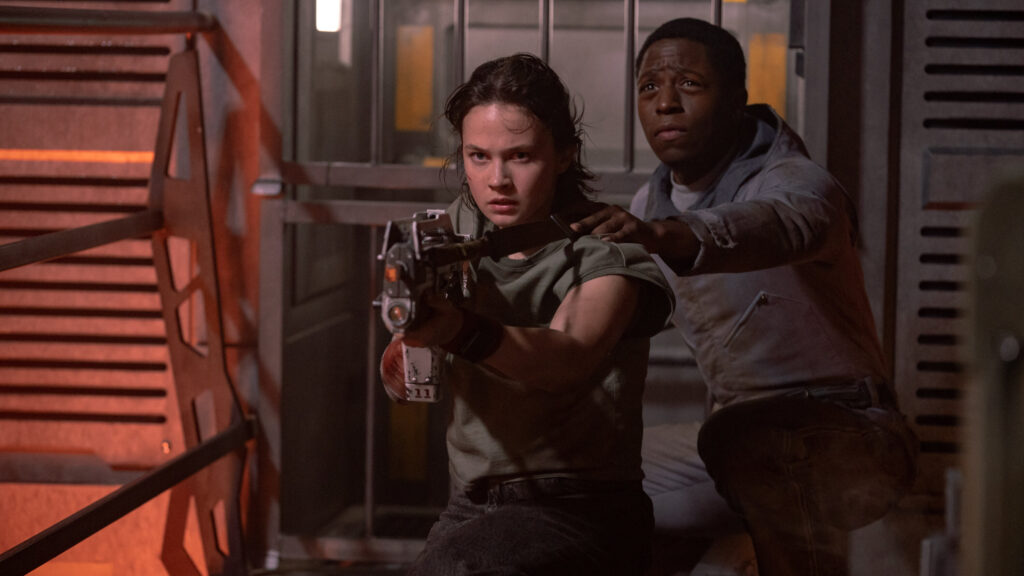The Substance: Twice as Vice

Coralie Fargeat’s first feature, about a female plaything who gets used up and left for dead only to rise from the metaphorical ashes and transform into a retaliatory angel, was aptly called Revenge. The same title might also apply to The Substance, Fargeat’s explosive, provocative, and decidedly gonzo follow-up of feminist reduction and wrath. Revenge, one of the best movies of 2018, was memorable in part for how it kept things small; its taut, sharp setting, involving just a handful of people and locations, imbued its typical thriller construction with an elemental ferocity. In quantitative terms, The Substance is similarly intimate—there are only two characters of any depth—but its scope is far more expansive, creating an intricate mythology while taking satirical aim at the boys’-club institution that is Hollywood. The target of Fargeat’s vengeance is no longer one man but the male gaze altogether.
What persists, beyond an undercurrent (overcurrent?) of righteous anger, is her supple craftsmanship. The Substance is a big movie full of garish violence and sweeping ideas, but its images are composed with elegance and precision. Consider its first few scenes. The ominous opening shot finds an unknown hand pumping a liquid into the curdled yolk of a fried egg, which then magically belches out another foodstuff that looks nearly identical, except that it’s slightly more pristine; as your eye takes pleasure in the contrasting colors—the yellow yolk sits on a complementary sky-blue surface, while the fluid is a distinctive puke-green—your brain instantly downloads both the film’s inherent mystery and its thematic preoccupation with doubling. Then comes the time-lapsed overhead view of a Walk of Fame star, progressing from its flawless manufacture to its gradual disintegration: the life cycle of a Hollywood starlet, distilled into a few cracks of stone. Without moving her camera or opening her mouth, Fargeat has primed you for her ensuing fable about the perils of female aging in Tinseltown. Read More




